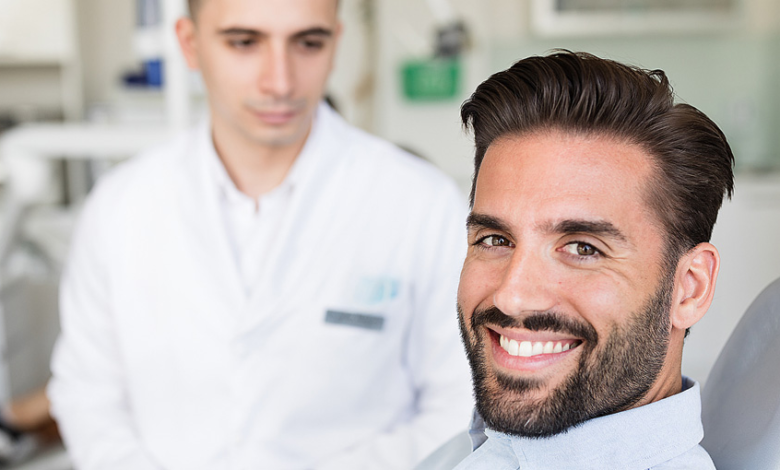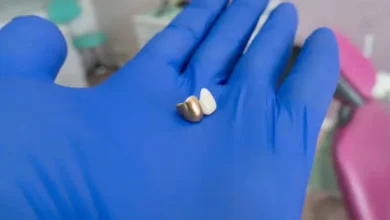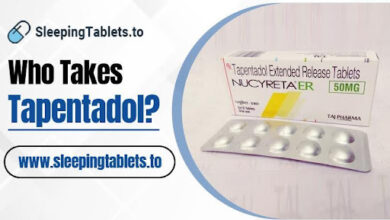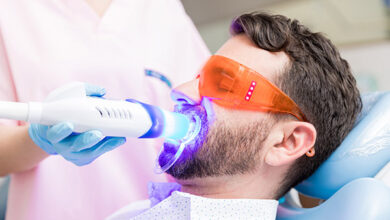The Digital Smile Design Revolution

The Digital Smile Design (DSD) system is a new star in the dental universe. This method uses state-of-the-art digital technology to augment the artistry of modern dentistry and achieve the desired outcome of an aesthetic dental procedure. In essence, it allows the patient and the dentist to co-create the future smile, one that aligns with the patient’s desires and facial aesthetics. Whole care is taken by the DSD method to ensure that all parts of the future smile are in harmony with one another and with the facial features of the patient.
A Patient-Centred Approach
At the core of Digital Smile Design is a patient-centred approach. This is a contrast to conventional methods of dentistry where the dentist predominantly dictates the result. In DSD, the patient is involved in every single step of the process. How is this possible? By using digital technology, the dentist can now visualise the proposed dental changes with far more clarity. Not only can the dentist visualise the changes; the patient can too. The proposed alterations to the dentition can be seen in digital “before and after” scenarios. The alterations made to the smile are not just viewed in relation to the teeth, but in relation to the overall facial composition and features of the patient.
The DSD Process
The DSD process begins with a meticulous consultation during which the dentist collects vital information about the patient’s dental and overall health, as well as their desires and expectations regarding appearance and function. This pre-Digital Smile Design (DSD) consultation is both conventional and cutting-edge, involving the taking of high-resolution photographs and video, as well as digital dental impressions. With all this data in hand, the dentist then uses proprietary DSD software to analyse it and come up with something that really approximates a “smile makeover” plan. The software, and the user (the dentist), take a 3D tour of the patient’s maxillofacial area in the frontal, occlusal (or bite), and lateral (side) views. When the navigation process is done, the user has a good view of the 3D digital dentition (“dental” means the patient’s teeth; “dentition” is Latin for “teeth in place”).
Advantages of DSD
The Digital Smile Design method offers many advantages, but perhaps its most important benefit is how it allows for a truly customised and collaborative dental makeover. For the DSD process, the designer first takes a series of photos and a video of the patient’s face. The designer then uses the DSD software to create a series of digital mock-ups with the patient’s face for the halfway point of the dental treatment, called the “biological smile.” The DSD method uses a patient’s artistic smile as the basis for a rationale to design a new, biologically sound smile. The process also allows for better communication and understanding of each step in the dental smile makeover.
From Design to Reality
Once the digital plan is ready, the dentist can deliver the treatment. The digital design becomes the blueprint for the procedure. An advanced and ecologically sound restorative dentistry technology, such as 3D printing, for instance, may be used to create a custom dental restoration that anatomically mirrors the design in the digital smile plan. The DSD plan is referenced throughout the entire procedure, ensuring that it’s been “eyeballed” correctly at every stage of the operation. After the stepwise treatment is complete, the dentist and patient get to critique and perfect the outcome—an intelligible, absolutely kind of right set of teeth that can function and look good for 5 to 10 years. The final product is guaranteed to be aesthetically pleasing as well as functional and durable.
Personalisation and Patient Satisfaction
A highly personalised procedure makes it possible to create a plan for a patient’s smile that is just right for them—largely because DSD takes into account the “three-dimensional aspects of this design.” Personalised esthetic dentistry is about so much more than making your teeth white and straight.
Since DSD involves the patient in each stage of the design process, it tends to yield greater overall patient satisfaction—as much is to be expected when an individual retains a greater sense of control over his or her treatment. From my perspective, “control” in this sense does not mean that the patient is dictating terms; rather, it suggests that the patient is a more equal partner in the process, a term that might alternatively be visualised as “design co-laborer.” Also, it should be mentioned that DSD as a concept is pleasing and makes good on the all-too-elusive front of ensuring that the end result is improved aesthetically.
Challenges and Considerations
Although Digital Smile Design (DSD) is a beneficial system in many ways, it does have some hurdles and conditions to overcome. Dentists need special training to use the DSD software and its components correctly. Although anyone can be taught to use a tool, for DSD, the learning curve is steep, especially for those who are not comfortable with digital dentistry to begin with. The software and the components necessary for DSD—namely, 3D scanning—are expensive. They push the cost of the DSD up past the point where most patients would even consider aesthetic dentistry an option. When managed correctly, DSD allows aesthetic dentists to have a bigger picture of what they are doing, why they’re doing it, where they can make errors (and fix those errors), and how much predictability they have within the system. Hence, it is always a good idea to speak with experienced dentists like FY Smile Double Bay.
For certain dentists, melding DSD with conventional dental practices may prove difficult. It necessitates a change in both mindset and workflow, which may take some time to become accustomed to. Yet, Digital Smile Design is an extraordinarily important step forward in aesthetic dentistry, presenting a truly significant opportunity for us as a profession to offer a patient-centred, technology-driven encore.



